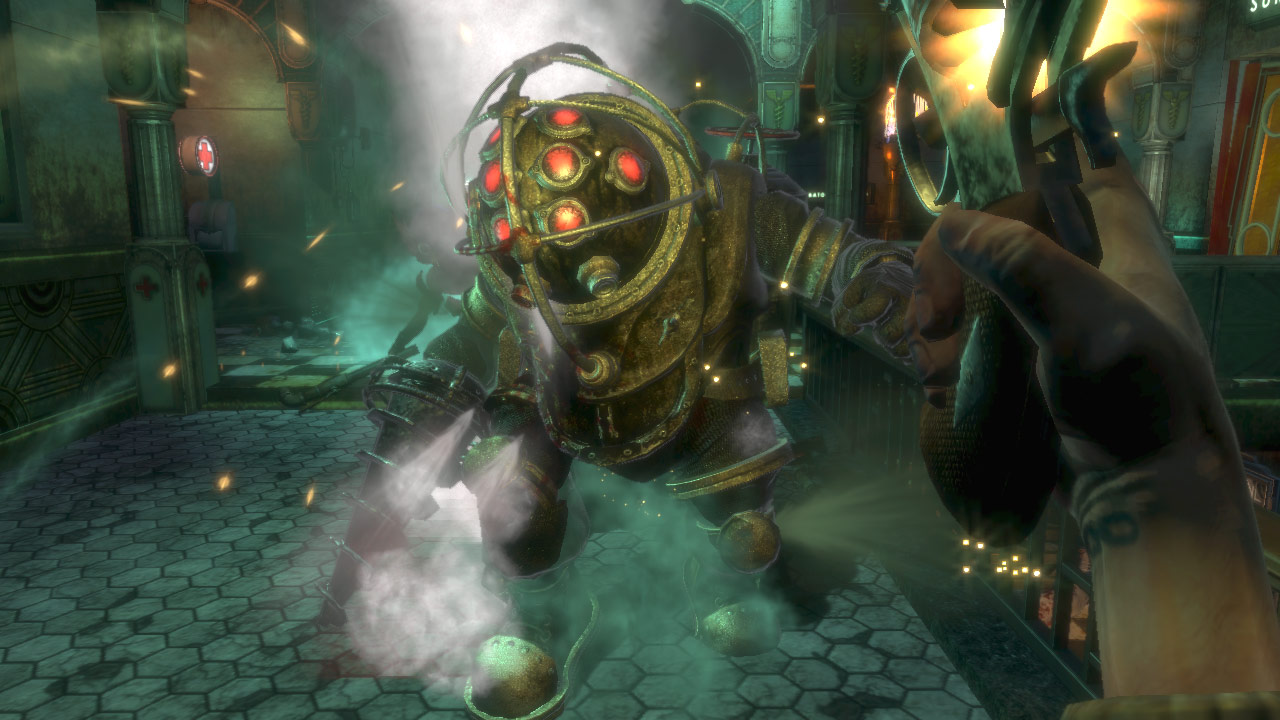
BioShock’s Big Daddy is well-recognized as a hallmark of video game design. However, its conception follows a path deeply rooted in the struggles of 3D modeling during the 1990s, heavily influenced by the development of System Shock 2.
In an interview, Nate Wells, who served as the art director at Looking Glass Studios while collaborating on System Shock 2, discussed how limitations in polygon counts heavily dictated character designs, including that of Big Daddy. “BioShock was really the last time we talked about polygon counts,” he remarked, indicating that the design process hinged on the technical restrictions of the time.
Characters in BioShock typically had between 2,500 and 3,000 polygons, compared to merely 250 for those in System Shock 2. This disparity fostered creative solutions among the team, many of whom repurposed assets from earlier projects like Thief to maximize efficiency.
Wells shared insights into his first character design for the series, suggesting that the evolution of Big Daddy emerged from his concept for a maintenance droid, emphasizing how the evolution was academically and visually influenced by the constraints imposed by polygonality.
As Wells pointed out, “You would always get better results if you did that. If you embraced your designing limitations on that stuff, you’d end up with a better model because you’d get a better unwrap, which meant more texture space.”
He highlights that such constraints, rather than hindering creativity, often lead to innovative designs that can redefine gaming aesthetics.
